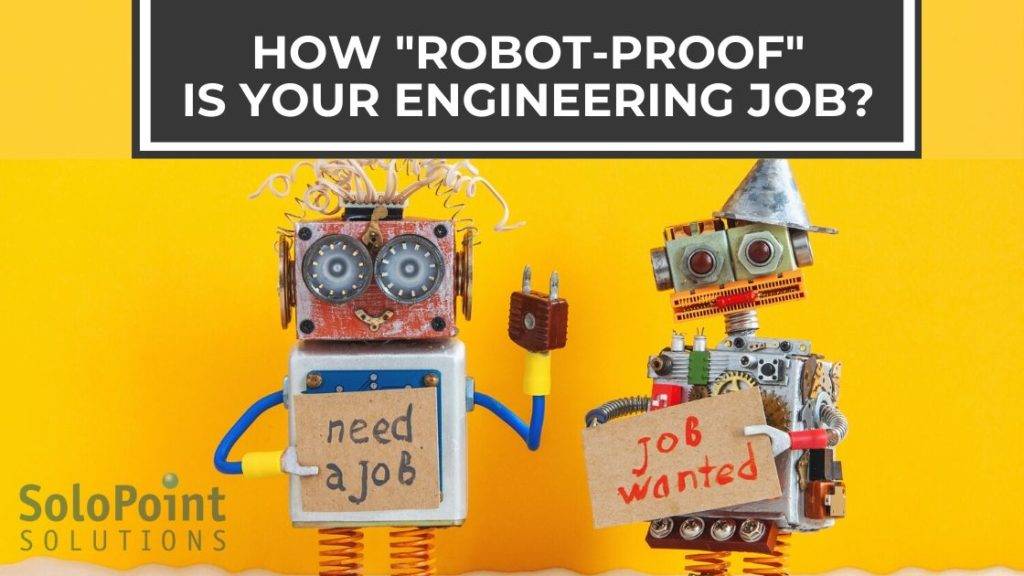- A new report from the World Economic Forum stated that as many as 50% of all workers are at risk of losing their jobs to automation.
- Mechanical Engineers have a low rate of the possible robotic takeover at 1.1% probability.
In December 2019, the World Economic Forum and international Think Tank, The Century Foundation, published a new research that detailed how automation could replace up to 50% of the working population over the next decade and which groups are the most at-risk for displacement.
Of all the employment domains, robot implementation in manufacturing industries greatly exceeds the national average. Since 2009, the number of manufacturing robots has more than doubled—from almost 1 per thousand workers to 2 per thousand workers.
“There have been clear losers with increased automation—namely, younger, less-educated manufacturing workers in the Midwest and younger, minority workers in these industries in particular,” says coauthor William Rodgers, a professor of public policy at Edward J. Bloustein School of Planning and Public Policy and chief economist at the Heldrich Center for Workforce Development at Rutgers University. “These industries not only have the highest number of robots in use but are also experiencing the fastest growth in robot adoption.”
Though the reports are showing that jobs will be taken over by robots, the economy’s continuous rise and the low unemployment rate have workers more likely to be relocated to other jobs rather than be out of work. This past decade’s economic boom was large enough to slow down robotic adoption and offset job losses.
Among the top 10 regions that are adopting robotic workers faster, two large metropolitans in California are included: Los Angeles-Long Beach-Santa Ana at #1, and San Jose-Sunnyvale-Santa Clara at #8.
California is a prominent territory for manufacturers in the industries of Aerospace, Medical Devices, Biotechnology, Consumer Electronics, and Semiconductor Equipment. With unemployment in Northern and Southern California currently below the national average, robotic adoption is more prevalent.
Which engineering positions are “safe” from being taken over by robots?
With engineering positions more common in the field of manufacturing, especially those that concentrate in product development, which engineering disciplines are more at-risk for robotic takeover?
Using the website “Will Robots Take My Job?” we were able to predict which engineering positions are predisposed to the ever-growing current of automation and computerization. This data came from the U.S. Bureau of Labor Statistics (BLS) and the Occupational Information Network (O*NET), which was developed under the sponsorship of the U.S. Department of Labor/Employment and Training Administration.
We learned that jobs such as Mechanical Engineers, Electrical Engineers, and Software Developers have a lesser likelihood of robotic takeover because these positions deal less with computation, and more to do with creative problem-solving and critical thinking. These are skills that can’t be easily executed even with highly intellectual machine learning robots.
With CAD Developers such as Dassault Systemes and Autodesk are implementing AI into their design software, Mechanical Drafters are at a higher risk for automation since the majority of the tasks they perform such as preparing detailed diagrams of mechanical devices and calculating dimensions can eventually be automated.
As a staffing partner to the engineering community, SoloPoint Solutions continue to watch for trends that will affect the employment outlook of engineers in the future. To learn about the engineering positions that we specialize in, contact us today:


